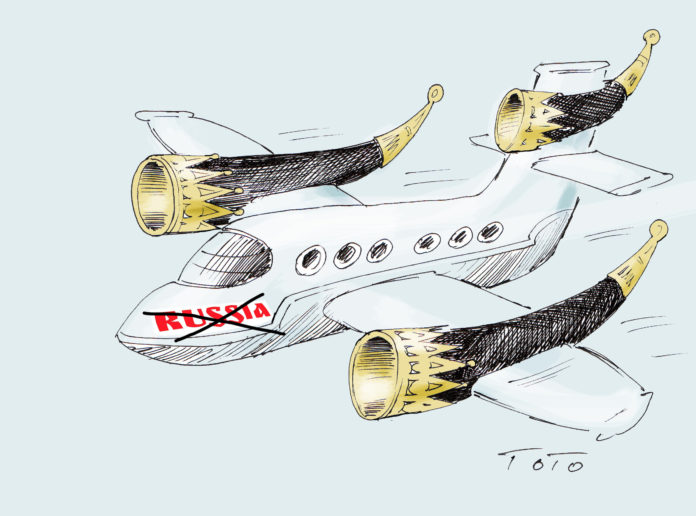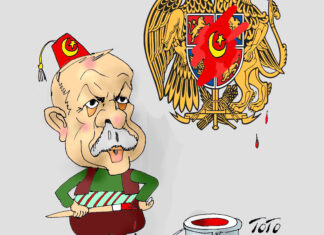We have always characterized Armenia’s neighbor, Georgia, as a “friendly foe,” which Armenia has to treat with kid gloves.
Historically the two nations share many traits and experiences; at times, they have been ruled by the same king and at other times, they have both been colonized by the same empires.
Armenians have the propensity to build other countries and Georgia has been one of the major beneficiaries of that trait. Throughout the 19th century, Armenians turned the sleepy Georgian capital of Tbilisi (Tiflis) into a major cosmopolitan cultural hub. With the Bolshevik takeover, the Georgians were all too happy to seize the properties of wealthy Armenians under the guise of a proletarian revolution.
Ever since, they have treated Armenians there as an underclass, even during the Soviet period which preached egalitarianism.
In the wake of the collapse of the Soviet empire, the Armenian minority has experienced discrimination and repression in Georgia, despite the fact that the regime aspires to join the European Union and NATO, which require different standards of governance from their members.
Armenia’s major trading partner is Russia and goods and people traveling between Armenia and Russia have to traverse Georgian territory. In addition, any trade with Europe needs access through Georgian seaports. The Georgian authorities know how to implement subtle methods to stifle the trade, particularly with Russia.








